State-of-the-art animation studio adopts iClone Character Creator
Stiller Studios talks about how they integrated innovative software like Character Creator, iClone, and Unreal Engine into their latest project.
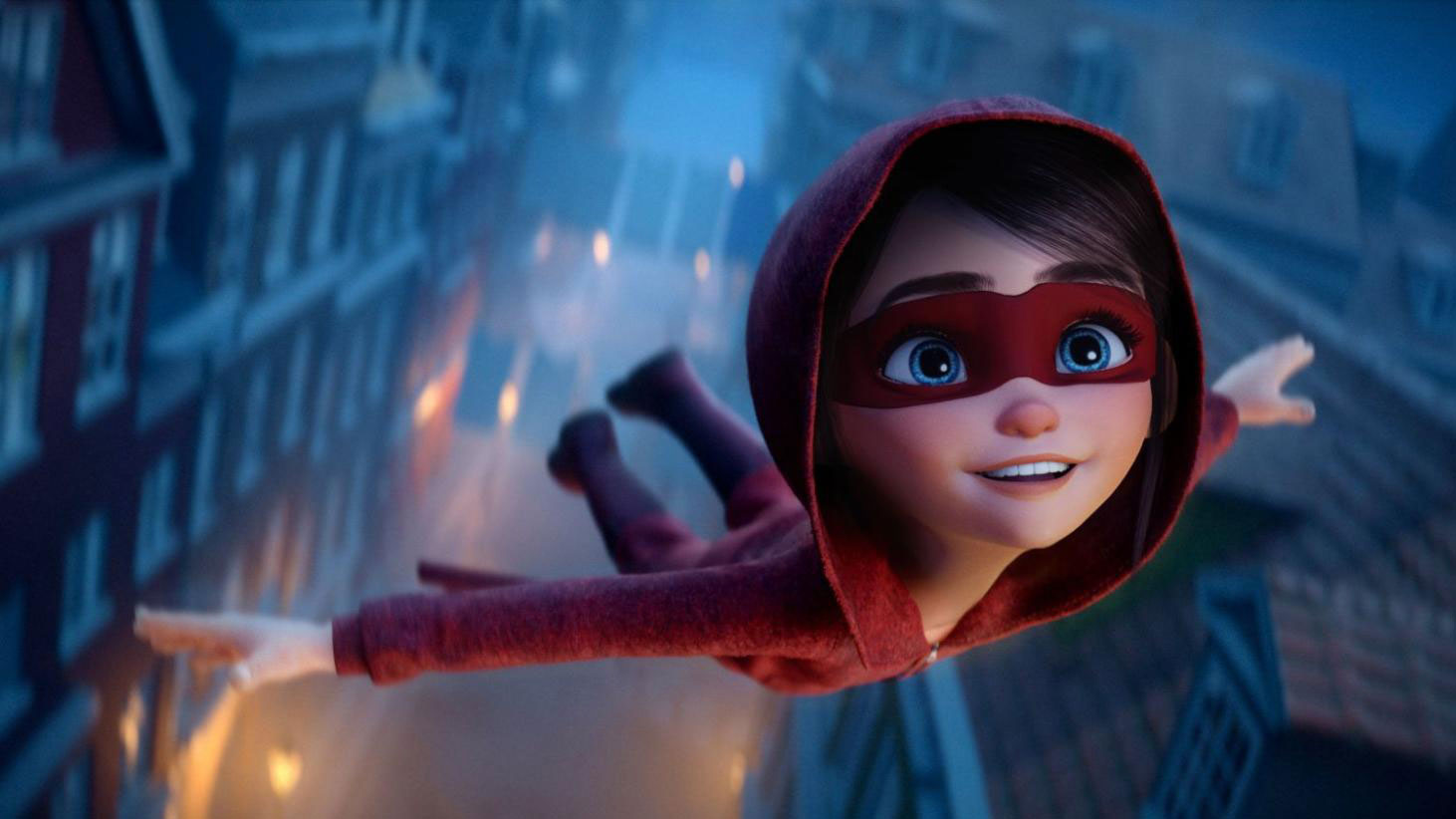
Stiller Studios is an internationally acclaimed production company known for its high-end feature films and series with relatable characters and captivating narratives. Leveraging proprietary technology, the team specialises in virtual production, 3D animation, green screen workflows, and real-time filmmaking. The state-of-the-art facility, located in central Stockholm, uses cutting-edge tools like VR, deep data, and motion capture.
Stiller Studios loves technology that makes storytelling faster, more creative, more engaging and more fun to play around with. And I think that is what iClone and Character Creator are doing.
Patrik Forsberg, Owner, Stiller Studio
Collaborating with top global talent, Stiller Studios aims to lead in digitally-driven storytelling. It provides filmmakers with the resources to realise ambitious visions, emphasising quality, flexibility, and an empowering work environment. The studio believes in the transformative power of storytelling and offer fresh perspectives to global audiences. Stiller Studio’s project REDMASK: Hand Book for Superheroes utilises Character Creator and iClone with Unreal Engine.
With a steady flow of exciting projects, the studio challenges conventional visual storytelling norms and is dedicated to shaping the future of filmmaking.
What has been your journey from using traditional animation tools like Maya, to real-time applications like Character Creator, iClone and Unreal Engine?
We started with advanced motion control and green screen workflows back in 2009 where we really found our place within the CGI and VFX world. After we’d worked with that for a few years we naturally ventured into motion capture as well to combine our CG environments with CG characters. Over the years we’ve experimented with practically every 3D and Digital Content Creation (DCC) software out there, even leading new workflows and technology research in some of them, such as Unreal Engine – and tied good relationships with companies like Epic Games to engineer new tools and technologies with them.
We have been going a bit back and forth in DCC softwares, but somehow always found our way back to Unreal Engine as that solution has always proven to deliver what we need for our projects and clients.
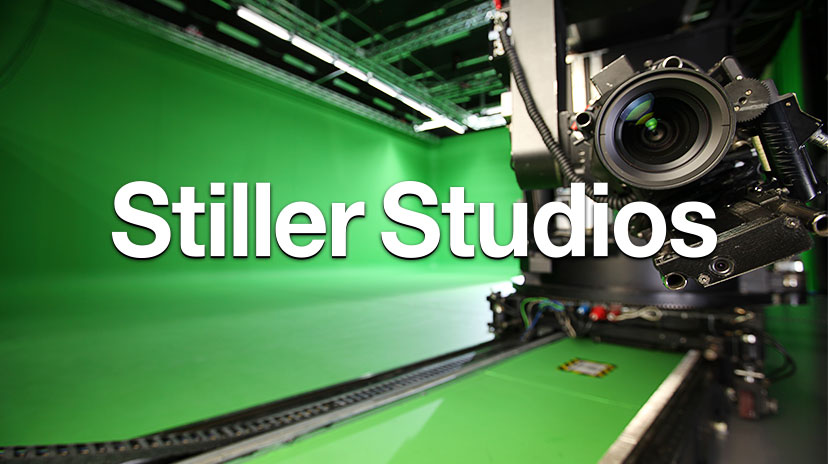
As for Character Creator 4 and iClone 8 – we had tried previous versions of iClone a few years prior and found the toolset interesting, but it didn’t meet our needs for the projects we did back then. We then revisited the Reallusion suite for our new projects where we learned about all the new features Reallusion has created for Character Creator and iClone 8.4. The team was blown away by how perfectly it fit our workflow pipeline and was super happy to integrate CC4 and iClone 8 into our pipeline.
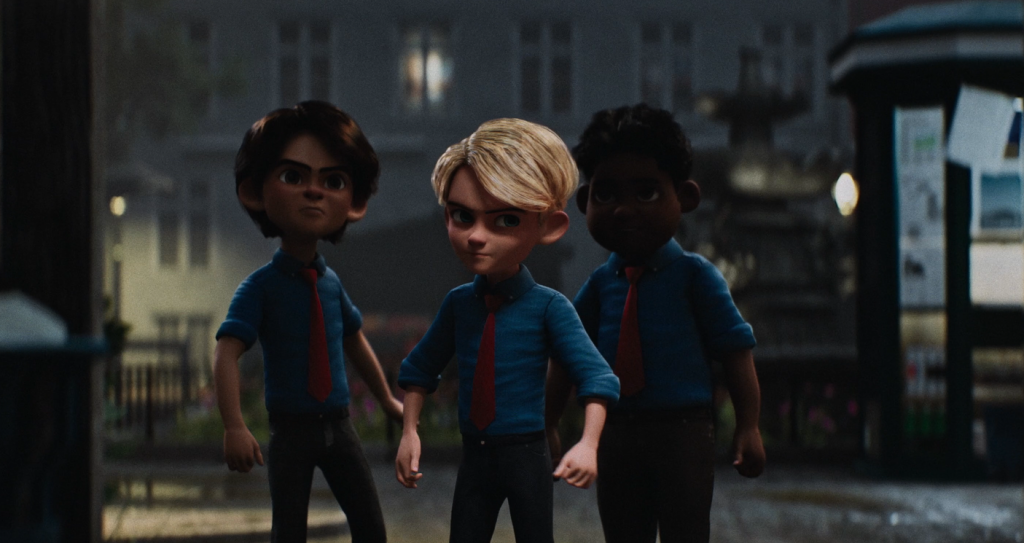
For high-end film studios like Stiller, what are the advantages of working with software like iClone, and Character Creator with Unreal Engine? How much time can you save with the iterative power?
A lot! Coming from traditional live action filmmaking I prefer to work closely with my actors to see their performance to be able to really get the material I want to tell the best possible story. As I can with iClone 8.4 and AccuFACE see their performance in real time. In Engine, I can tweak the performance and capture the emotions and movements I need with direct feedback instead of having to wait for animation dailies that can often time take several days for even skilled animators.
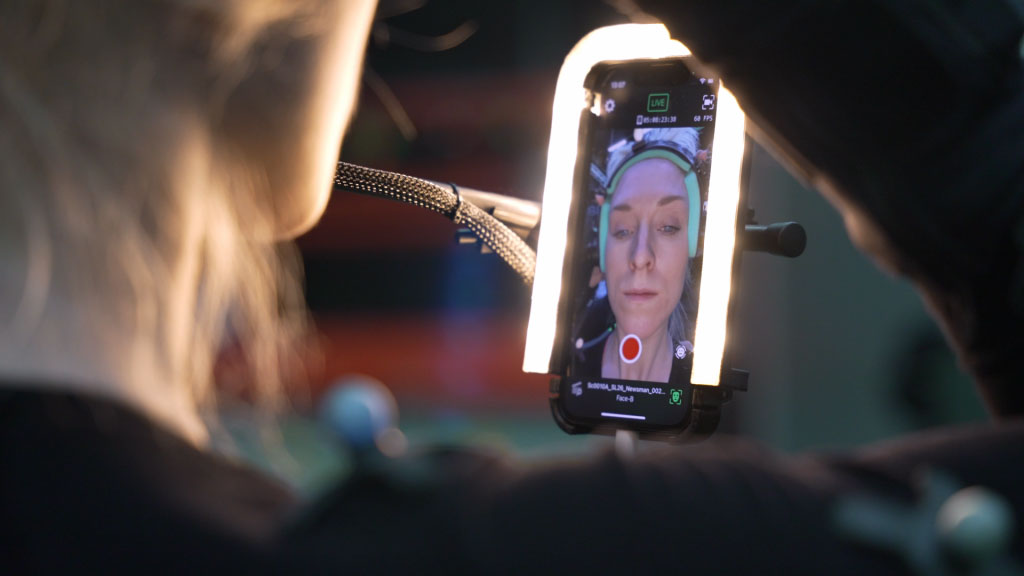
To be able to use motion capture and have a DoP set cameras directly after the motion capture shoot saves me an incredible amount of time. I can get going with the first draft of the edit almost directly after the shoot – a workflow impossible in traditional hand animation.
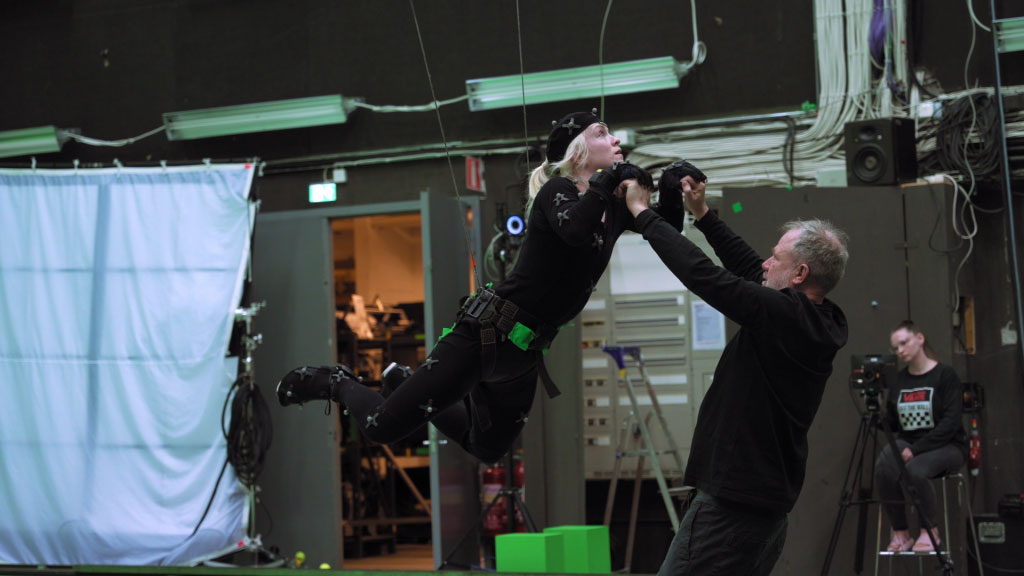
Working with Character Creator and the GoZ workflow to ZBrush, how is it possible to go from a sketch to a fully animatable character in less than a day?
Using the power of the slider workflow in Character Creator, our character artists can quickly start out with the CC3+ base meshes and then using the morph sliders get a rough idea of what the sketch looks like. Then they can jump into ZBrush to capture the more stylized details from the sketch, such as the brows, cheekbones, etc.
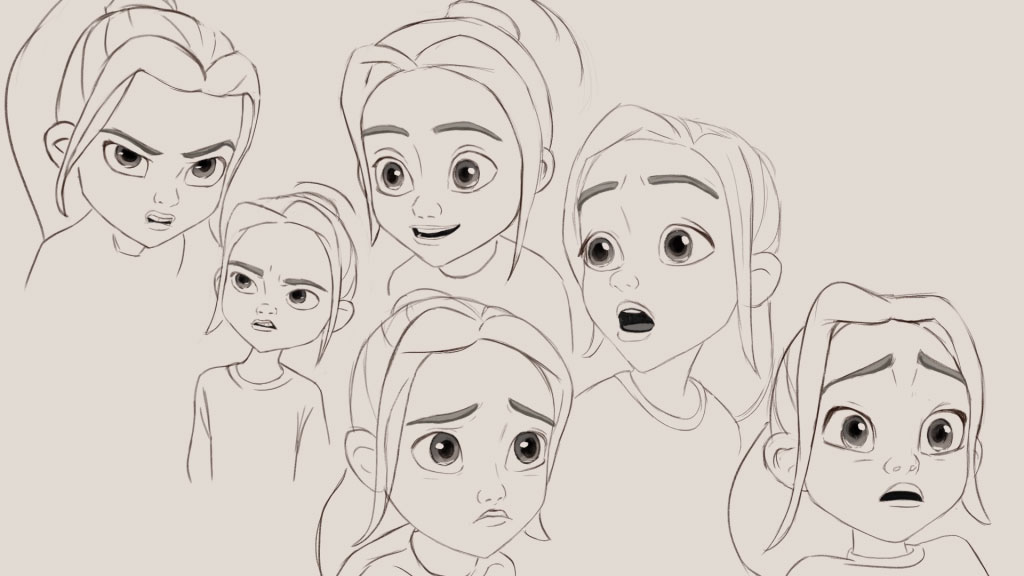
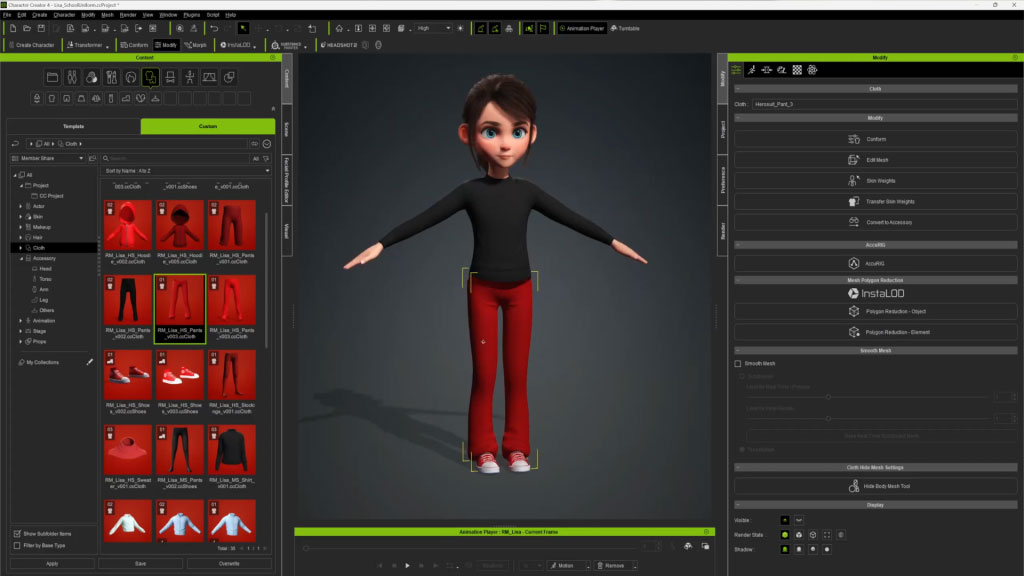
That is what makes it possible with Character Creator to go from sketch to animatable character in a day. That character we can then use in our motion capture sessions and keep building on it whilst recording motions down in the studio. Iterating and saving time!
Patrik Forsberg, Owner, Stiller Studio
But as we’re using an already finished super high quality base for our models, our character artists don’t have to go in and do retopo, UV map and all that. They can instead focus on the artistic side of character creation instead of the technical. That is what makes it possible with Character Creator to go from sketch to animatable character in a day. That character we can then use in our motion capture sessions and keep building on it whilst recording motions down in the studio. Iterating and saving time!
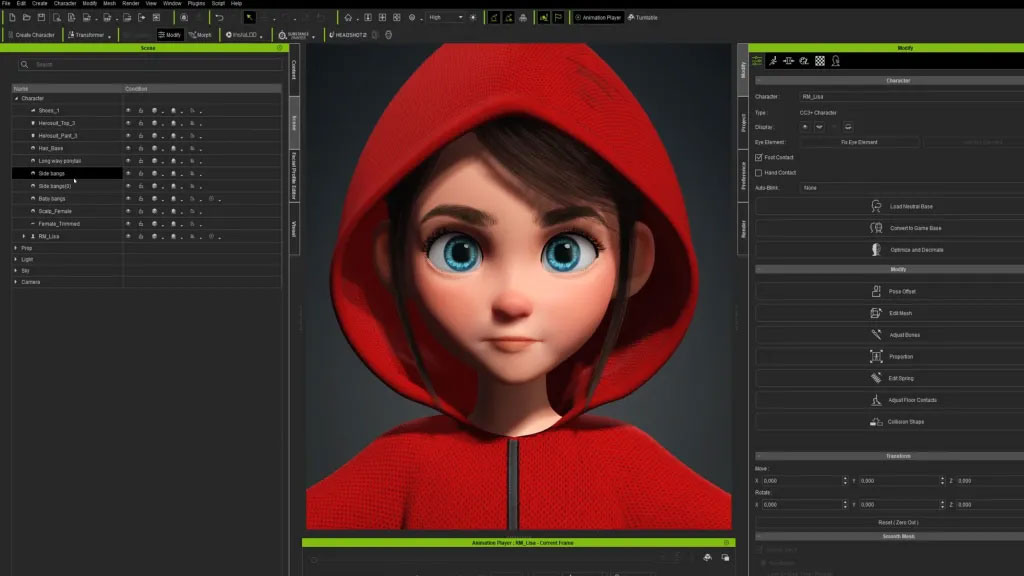
Based on your vast experience with professional animation tools what are the great animation features found in iClone? How would you compare these to traditional handkey animations?
iClone offers a lot of tools found in other DCC packages, things you’d expect in an animation software such as IK/FK rig animation, a timeline for key poses, curve editor with splines, animation layers, retargeting of bones, etc. What makes iClone instantly stand out from the rest is the huge library of premade animations, poses, expressions and motion capture files built in iClone and more you can download and use with ActorCore to get you going forward more quickly with your project.
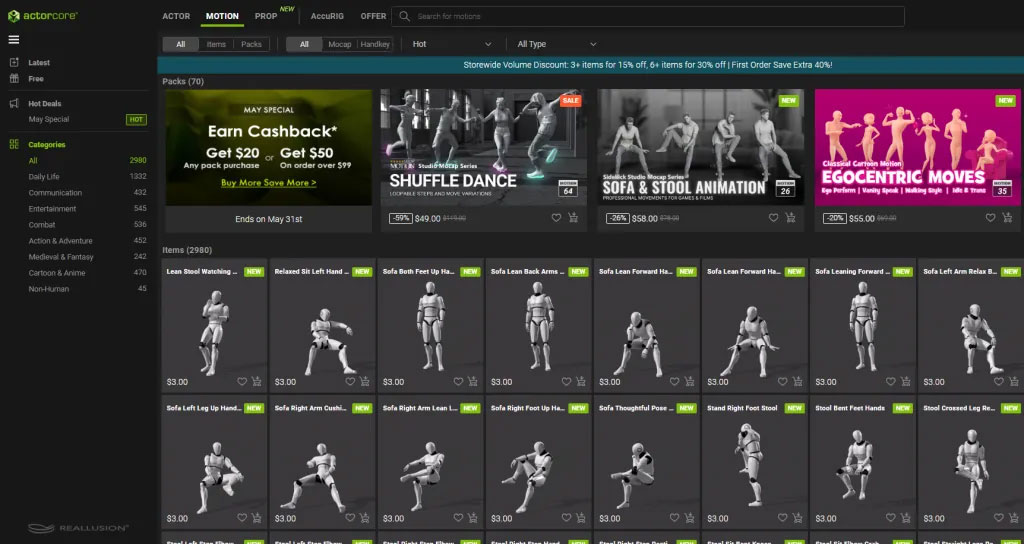
What makes iClone not only stand out, but exceed the competition and take a huge leap vs. the traditional packages is the incredible workflows found in its artificial intelligence powered AccuLIPS and AccuFACE.
Patrik Forsberg, Owner, Stiller Studio
This puts iClone at an advantage. However what makes iClone take a huge leap vs. the traditional packages is the incredible workflows found in its artificial intelligence powered AccuLIPS and AccuFACE. I won’t go into detail about what they do and how we use every feature in them here, but let me just say that these two tools have got to be the biggest time saver tools for animation in a long time.
The results we’ve gotten with iClone in minutes really go above and beyond. Animating a four minute long sequence with captivating facial animation perforce and lip syncing would’ve taken even a skilled animator days or even weeks in a traditional DCC software. We can achieve the same result almost instantaneously after setup in iClone 8 – it’s that quick.
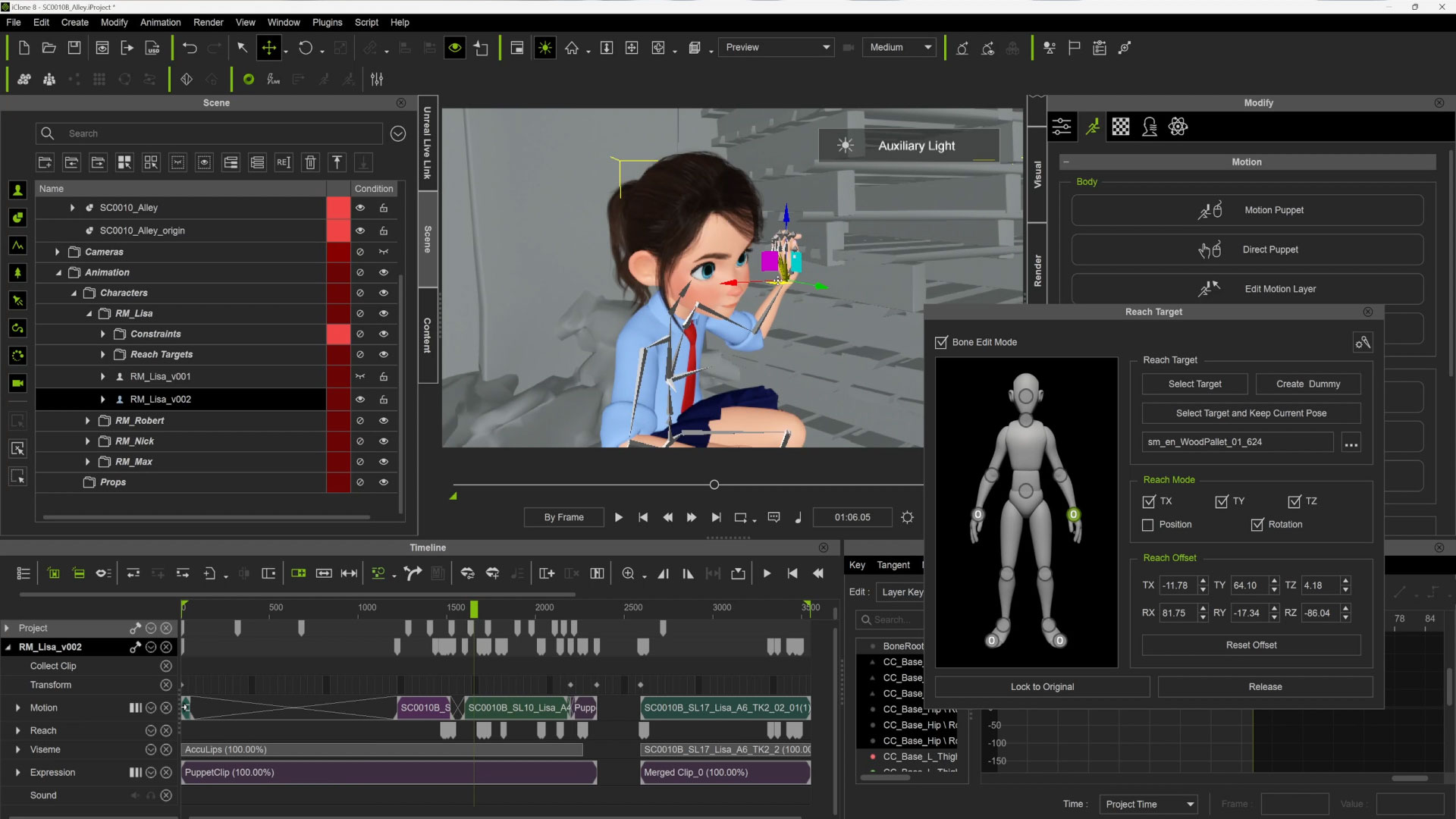
Some cleanup and tweaks will always be needed of course, but it does 90% of the job and time in real time. We can also have someone doing the motion editing in the same project simultaneously whilst we’re recording in the studio and even have a DoP set cameras in real time, all working together in the same Unreal Engine project. Time is money, so you can probably figure out why we love it so much.
To know more about the behind-the-scenes of the talented project, find out the original post for details.
Get the Creative Bloq Newsletter
Daily design news, reviews, how-tos and more, as picked by the editors.

The Creative Bloq team is made up of a group of design fans, and has changed and evolved since Creative Bloq began back in 2012. The current website team consists of eight full-time members of staff: Editor Georgia Coggan, Deputy Editor Rosie Hilder, Ecommerce Editor Beren Neale, Senior News Editor Daniel Piper, Editor, Digital Art and 3D Ian Dean, Tech Reviews Editor Erlingur Einarsson, Ecommerce Writer Beth Nicholls and Staff Writer Natalie Fear, as well as a roster of freelancers from around the world. The ImagineFX magazine team also pitch in, ensuring that content from leading digital art publication ImagineFX is represented on Creative Bloq.
